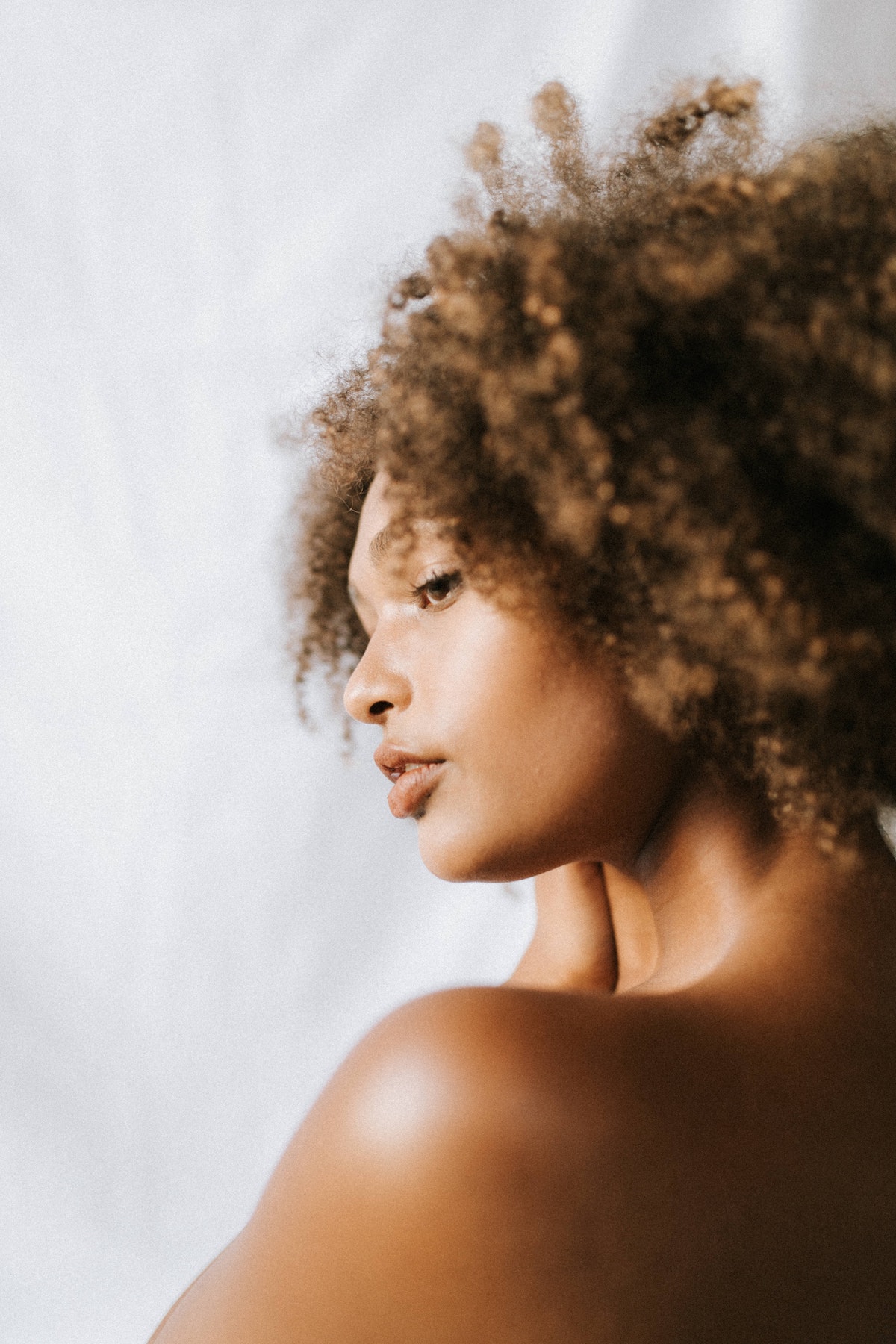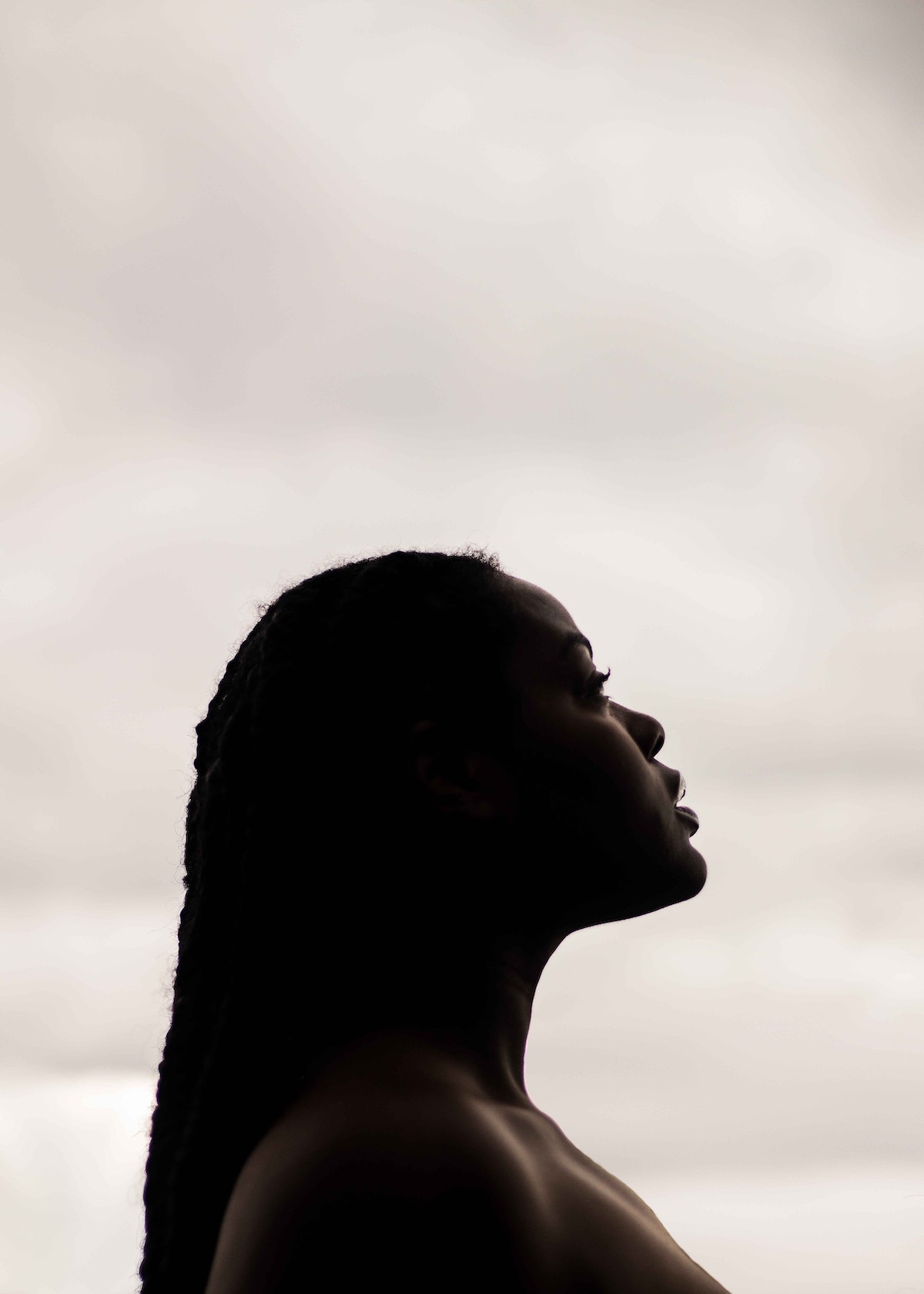
Natural Hair Appreciation
For years now, media and fashion have favourably inclined towards straight hair. The Natural hair movement and the curly girl method have come to reclaim their place in an industry that is guided by Eurocentric beauty standards.
The growth of the beauty industry has led to a better understanding of people’s actual needs. Where once there were only products for one hair type and care, now there are lines for every hair and treatment. For the textured haired people out there, the natural hair movement and the curly girl method have been a turning point in how they take care of their hair. But it wasn’t always that way.
We all remember the famous Princess Diary makeover, when Mia Thermopolis goes from being one of the nerdy kids in school to a beauty queen. They just changed the way she styled her hair, straightening it and took off her glasses. The straight hair represented the new Mia, the beautiful and popular one, whereas the curly one embodied her past – non so popular – self. Despite this may not have had a huge impact on people with non – textured hair, those with it saw what having texture meant.
This was worse for people of colour. Ideals rooted in Eurocentrism influenced how the perfect hair, smooth and straightened, looked since the late 1800s. The hot comb was one of the first products sold to change the texture of the hair. In the 20th century there was a boom in hair texture altering products. It wasn’t until the 60s that the natural hair movement became relevant encouraging people to set their curls free.

INFLUENCES OF MEDIA AND FASHION
Media has always played an important part on how we see the world. The communication theorist George Gerbner proposed “The cultivation theory” as one of the core concepts of media effects. According to it, people who watch television regularly are more likely to be influenced by the messages and ideas from the TV world. Thus, their perception of the world starts reflecting what they see or hear constantly in the media.
The problem is that media generally presents an image of the world that doesn’t actually reflect reality. In a world with constant over – stimulation is easy to make people form a fixed image of various groups regarding social and cultural dynamics. Hair is one of them. For decades now, afro, curls, braids and natural hairstyles were seen as messy.
As the activist Ella Turenne explained TZR in an interview:
“Because whiteness was the standard in beauty, this is what we were also forced to adopt in order to assimilate into society and to be ‘presentable.’ For a very long time, natural hairstyles were frowned upon unless you were portraying anything that had to do with slavery or any other kind of domestic work.”
The well – known series Scandal, presents an unrealistic image of Olivia Pope’s hair. She always wears it straightened and never has frizz, even though she goes to sleep without protecting it. This is just an example of how reality goes unnoticed and changed according to certain beauty standards.
As far as the fashion world is concerned, we see there are great similarities in the beauty canons. The lack of curly hair on the runway was normalized and models with coyly or kinky textures could be counted on one hand. Those who did have it, had to deal with stylists who weren’t trained to handle their tresses. Sometimes, even categorizing it not as versatile as straight hair.

BOUNCE BACK
The acceptance of natural hairstyles started to be reflected in the second half of the 2010’s. However, the fashion industry seems to be taking it slower than media. In our last issue, Luxiders talked to the protagonist of the beauty editorial: Sorry, A letter to the black community. The model Nyawargak Gatluak spoke about how stylists still struggle when working with curls and coils. She highlighted how they often feel it’s difficult to shine when their hair is treated poorly.
Beauty and style icon Zendaya Coleman has walked the red carpet with several different textured hairstyles. In 2015 she wore long dreadlocks to the Oscar ceremony and the backlash started. E! correspondent Giuliana Rancic said she felt Zendaya’s hair smelled like patchouli oil or weed. Despite Rancic apologized, this is just one more sign of the ongoing stigma.
In the media industry, however, the natural representation is growing faster. The ABC series How to Get Away With Murder showed Annalise Keating wearing wigs. She saw herself as more put together with them. Nevertheless, in the series finale she decides to go to trial showing her actual hair because it’s what truly represents her.
This Is Us shows Beth and her daughters with diverse hairstyles, always embracing their natural selves and being proud of it. Braids, curls, dreadlocks… a long list follows. They also portray the going to bed moment wrapping their hair in headscarves in order to protect it from getting messy and frizzy.
Curls are here to stay. With the conversation about the natural hair movement and the curly girl method on the rise, key players such as media and fashion will keep introducing diverse hairstyles on their shows. This being the first step towards a change in cultural standards of beauty.
Highlight Image:
@ Shingi Rice via Unsplash
+ Words:
Ana Briones
Luxiders Magazine








